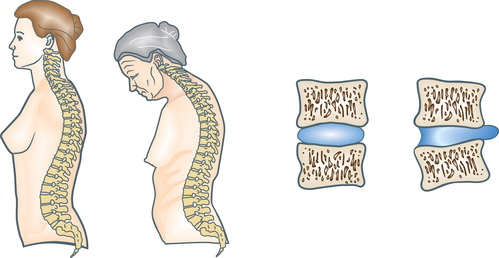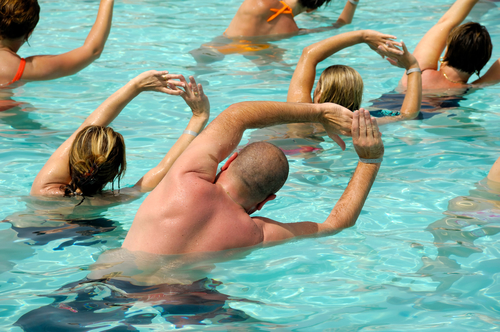A byproduct of aging, degenerative disc disease or DDD is a difficult condition to live with. As we grow older, not all of us will experience pain from the degeneration of the spinal disc. However, the disease affects everyone to a certain extent. According to the National Center for Biotechnology Information, U.S. National Library of Medicine, 40% of people aged 40 have degenerative disc disease; the number increases to 80% among those 80 and older.

Each and every action we do affects our spine. Doing regular exercises won’t undo the damage in the spine, but it can ease some of the symptoms caused by degenerative disc disease and may also slow the development of the condition.
Exercise
Dealing with the effects of DDD is not easy. Discomfort and pain can lessen your quality of life with the mobility issues the condition causes. Fortunately, the following exercises can significantly develop your muscle strength and flexibility that will support your spine. Staying active is an extremely effective way to maintain the physical functionalities you can still do.
Exercise enhances the flow of oxygen, blood, and other nutrients to your back muscles and discs. This process keeps them flexible and hydrated. Regular exercises also vastly improve your general wellbeing by encouraging the release of endorphins.
Yoga
Yoga can immensely improve your DDD symptoms. While it won’t magically give you a new back or spine, doing regular yoga exercises can better support your core and loosen up the tightness and tension. Focus on your hamstrings with yoga poses like the warrior III, seated forward bend, and standing forward bend. Alleviating the pressure in the hamstrings aids in getting rid of the tightness in the lower back. The bridge pose also supports strength and flexibility in the hips and lower back.
Psoas Muscle Stretches
The psoas muscle group includes the connectors between your torso and legs. These muscles stabilize your spine and influence your posture. Biking, running, or simply sitting down – whatever physical activity you are doing, this essential muscle group is involved.
Focusing on the psoas muscles can ease some back pain symptoms related to degenerative disc disease. If your muscles in the low back are weak, they put a strain on the spine which can result in pain and fatigue. There are yoga poses that can benefit the psoas muscles. For the bridge pose, you will need a yoga strap or a belt as you lay down and extend your legs up one at a time. Place the strap around the sole of your feet, and pull to stretch your lower back and hamstring. Hold the pose for as long as you can on each side.
You can also focus on the psoas muscles with the warrior I pose. Additionally, lunges also relieve tightness in the lower back and stretch and lengthen the hamstrings.
Water Aerobics

If you’re experiencing moderate pain and are quite inflexible, water aerobics may be the ideal exercise activity for you. When you’re in the water, there is no stress being put on your joints; thus, water aerobic exercises provide a workout that won’t stress your muscles as opposed to more traditional exercises.
Stationary Bike
For people with back pain and degenerative disc disease, stationary bikes with backrests are excellent workout equipment to use. With a stationary bike, you can achieve improved stamina and stronger leg muscles without adding too much tension on your spine and lower back.
Walking
One of the worst things, when you’re experiencing back pain, is being immobile. Taking short walks is an excellent way to get in some cardio exercises while also relieving your stiff back. If you have an unsteady stride, use a walking stick or cane for support.
Healthy Diet
A well-balanced and healthy diet plays a vital role in moderating the pain caused by DDD. Spinal discs can benefit from hydration, or making sure you drink enough water throughout the day and avoiding alcohol and smoking. Alcohol causes dehydration, while any nicotine intake prevents the oxygen flow within your body.
Final Words
By making a recurring effort to manage the pain, you can ease DDD symptoms. However, in its advanced stages, degenerative disc disease may bring about chronic pain in the spine. This is due to the severe degeneration in the spinal disc. If the pain you’re experiencing isn’t responding to the exercises and physical activities, it’s best to consult a specialist about other treatment options that suit you.